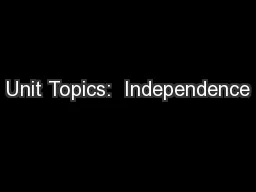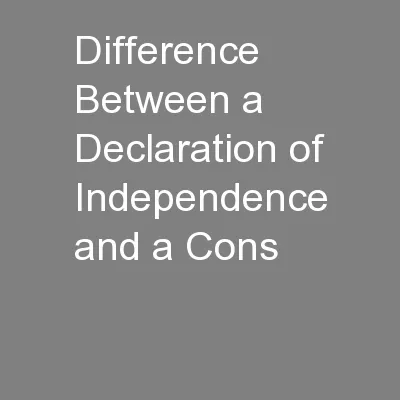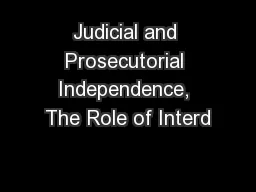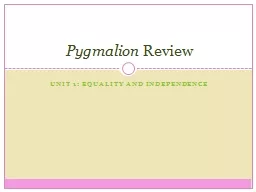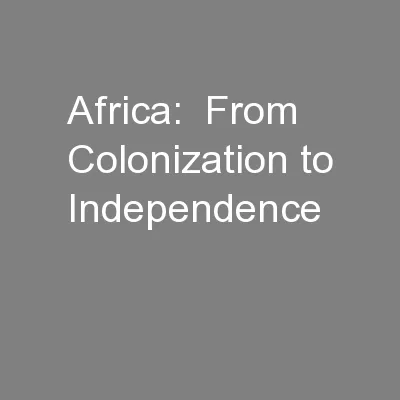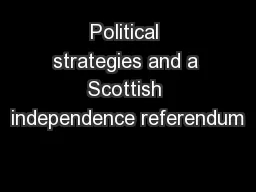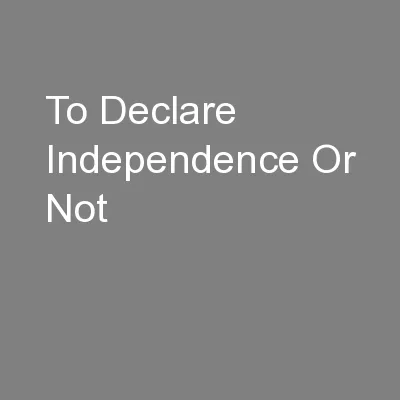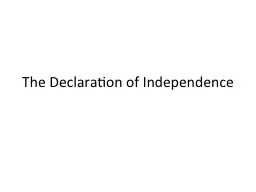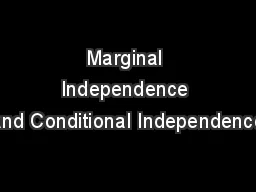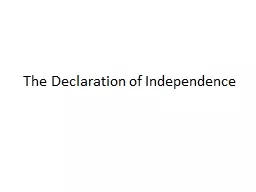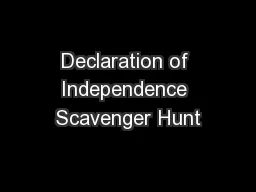PPT-Unit Topics: Independence
Author : celsa-spraggs | Published Date : 2018-10-26
Movements regional social economic and political developments since 1945 Wars and Advancing Technology SOLs WHII 1abcde 13 bc 15 abc and embedded SOL REVIEW
Presentation Embed Code
Download Presentation
Download Presentation The PPT/PDF document "Unit Topics: Independence" is the property of its rightful owner. Permission is granted to download and print the materials on this website for personal, non-commercial use only, and to display it on your personal computer provided you do not modify the materials and that you retain all copyright notices contained in the materials. By downloading content from our website, you accept the terms of this agreement.
Unit Topics: Independence: Transcript
Download Rules Of Document
"Unit Topics: Independence"The content belongs to its owner. You may download and print it for personal use, without modification, and keep all copyright notices. By downloading, you agree to these terms.
Related Documents

